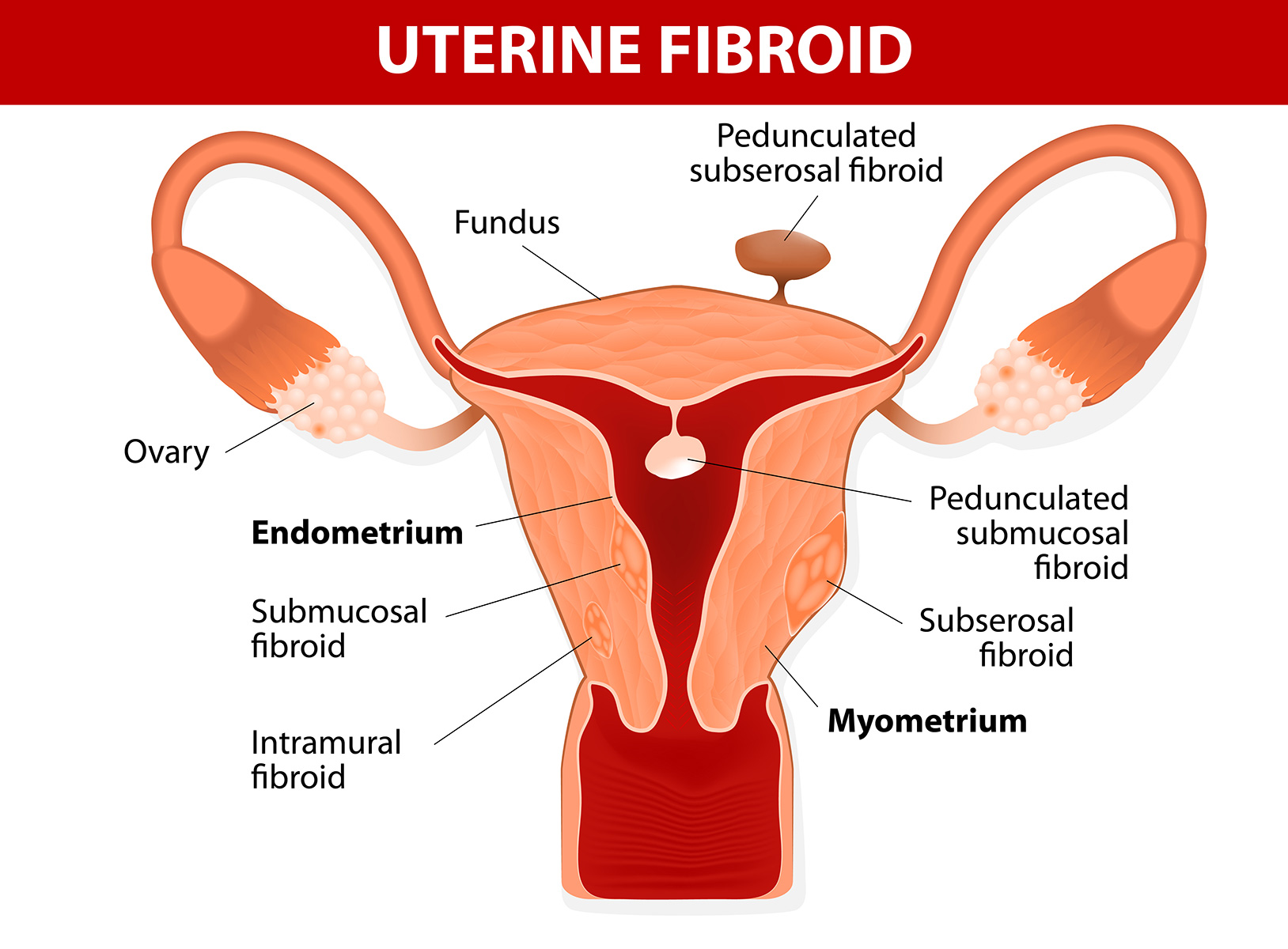Uterine Fibroid Embolization (UFE)
What are Fibroids?
Fibroids are muscular tumors located within the uterus.
These uterine tumors are almost always benign (non-cancerous). Women who have uterine fibroids have commonly found they have more than one that typically range in size.
The exact reason why uterine fibroid’s develop is still unclear. Medical research, however, has correlated the condition down to two leading factors;
- Hormones
- Genetics
Three of the most common symptoms for women with fibroids are:
- Pressure symptoms – Frequent urination or constipation, bloating and distension of the abdomen.
- Abnormal Bleeding – Spotting or bleeding in-between menstrual periods, heavy and prolonged menstrual periods.
- Pain- Pelvic pain or discomfort, pain during sexual intercourse, pain in legs, back or sides, increased.
Uterine Fibroid Embolization (UFE) is a minimally-invasive alternative to major surgery such as a Hysterectomy or Myomectomy. This minimalist approach to treating uterine fibroids allows preserving uterine and ovarian tissue while shrinking the existing fibroids.
During UFE, a catheter (small tube) is inserted into the groin to access the blood vessels that surround the fibroids. Microspheres are then injected into the supplying vessels to stop blood flow to the fibroids. This process blocks any blood supply to the fibroid(s), and the process of shrinking will gradually take place over the next weeks and months to come.
Uterine Fibroid Embolization (UFE) is typically performed under conscious sedation and has a high success rate. Approximately 85-90% of women treated with UFE report dramatic improvement in their symptoms.

Have questions?
To learn more about how our physicians can help you, contact us directly (602) 200-9339


